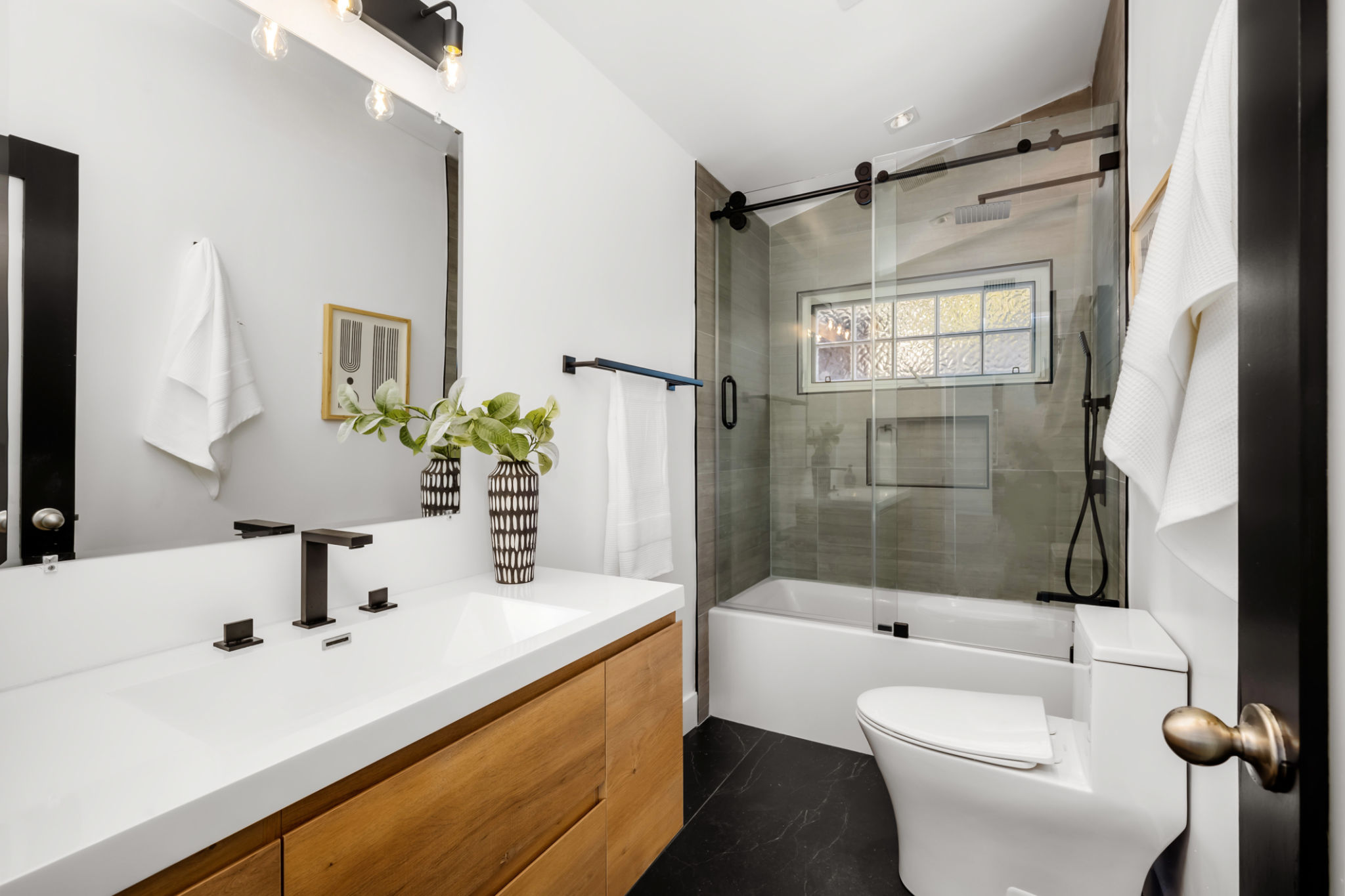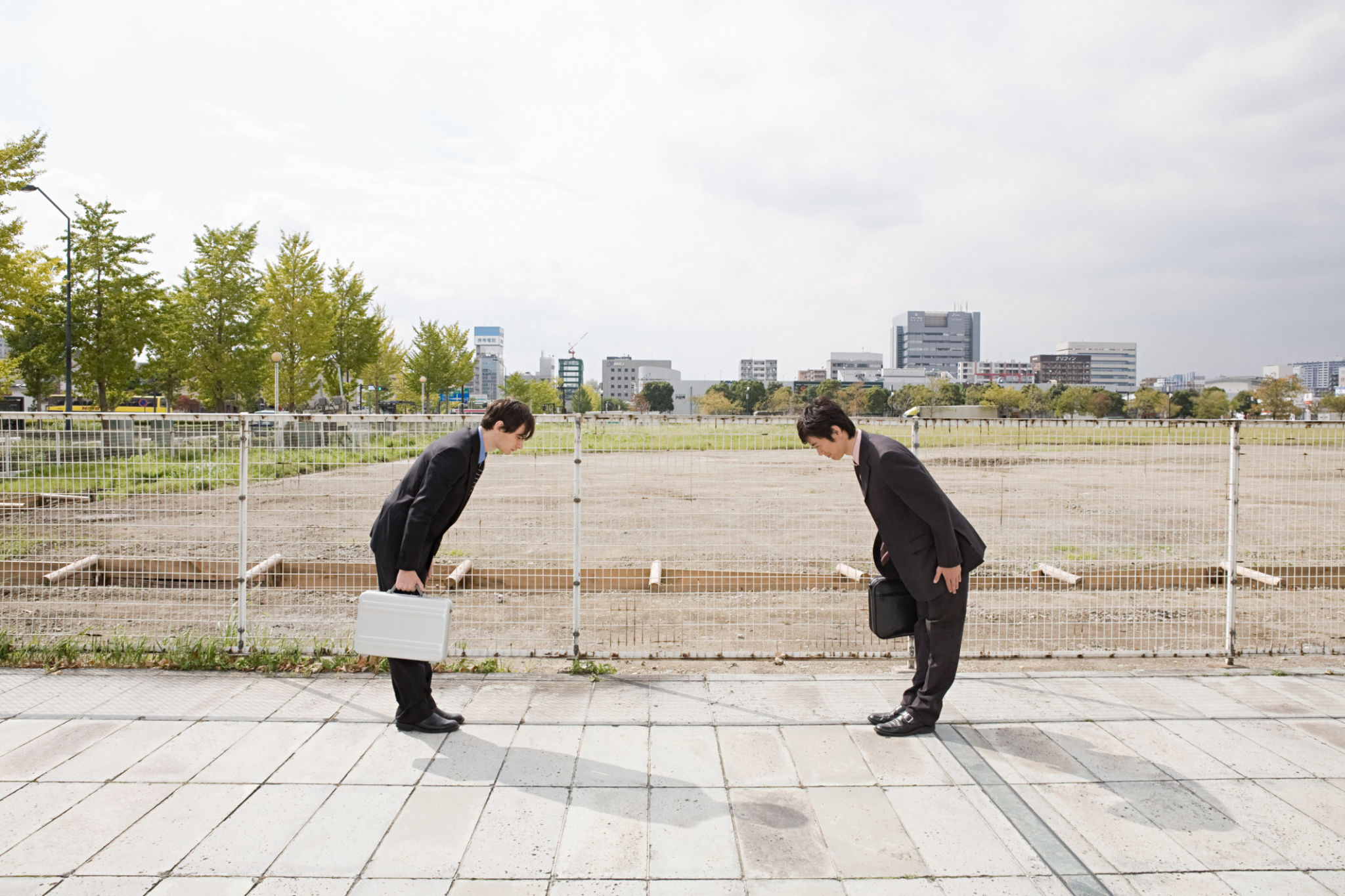From Purchase to Profit: Case Studies of Successful Property Transformations
Introduction to Property Transformation
Real estate investment has often been seen as a lucrative way to build wealth. However, the journey from purchase to profit can be complex and requires strategic planning, creativity, and a keen eye for potential. In this post, we delve into case studies of successful property transformations, illustrating how savvy investors have turned initial investments into profitable ventures.
Transforming a property is not just about renovating; it's about reimagining the space to maximize its value. Whether it's a residential home or a commercial building, each case offers unique insights into the world of real estate development.

Case Study 1: From Run-Down House to Dream Home
Recognizing Potential
Our first case study involves a run-down house in an up-and-coming neighborhood. The investor saw beyond the peeling paint and outdated fixtures, recognizing the property's potential due to its prime location and solid structure. This vision is crucial in identifying properties with hidden value.
Strategic Renovation
The transformation process began with strategic renovations. Key areas like the kitchen and bathrooms were modernized, and open-plan living spaces were created to appeal to contemporary buyers. The use of neutral tones and quality finishes added to the home's appeal.

Resulting Profit
Once the renovations were complete, the property was sold at a significant profit. The combination of location, thoughtful upgrades, and market timing turned this once-neglected house into a sought-after home. This case underscores the importance of understanding market trends and buyer preferences.
Case Study 2: Commercial Space Revitalization
Understanding Market Needs
In another successful transformation, an investor acquired an underutilized commercial space in a bustling city center. The key was understanding the local business ecosystem and identifying the types of businesses that would thrive in this location.
Adaptive Reuse
The investor chose an adaptive reuse strategy, converting the space into a trendy coworking hub. This decision was driven by a rising demand for flexible working environments. By maintaining the building's historical charm while adding modern amenities, the space attracted numerous tenants.

Economic Impact
The revitalized space not only generated rental income but also contributed to the local economy by fostering new business opportunities. This case highlights the impact of innovative solutions and community engagement in property transformation.
Case Study 3: Eco-Friendly Housing Development
Sustainability Focus
The final case study examines an eco-friendly housing project. The developer purchased a large plot of land with the intention of creating sustainable homes that appeal to environmentally conscious buyers. The focus on sustainability was both a personal commitment and a market differentiator.
Green Building Initiatives
Incorporating green building initiatives such as solar panels, energy-efficient appliances, and sustainable materials proved to be a successful strategy. The homes not only reduced environmental impact but also offered cost savings to buyers through lower utility bills.

Market Success
The development quickly sold out, demonstrating that sustainability is not only good for the planet but also profitable. This project illustrates how aligning business goals with global trends can lead to successful outcomes in property transformation.
Conclusion
These case studies offer valuable lessons for investors looking to turn real estate purchases into profitable ventures. Whether through strategic renovations, adaptive reuse, or sustainable development, understanding market needs and leveraging innovative strategies are key components of success in property transformation.
As these examples show, with the right approach and a bit of creativity, any property can be transformed from a simple purchase into a profitable investment.
